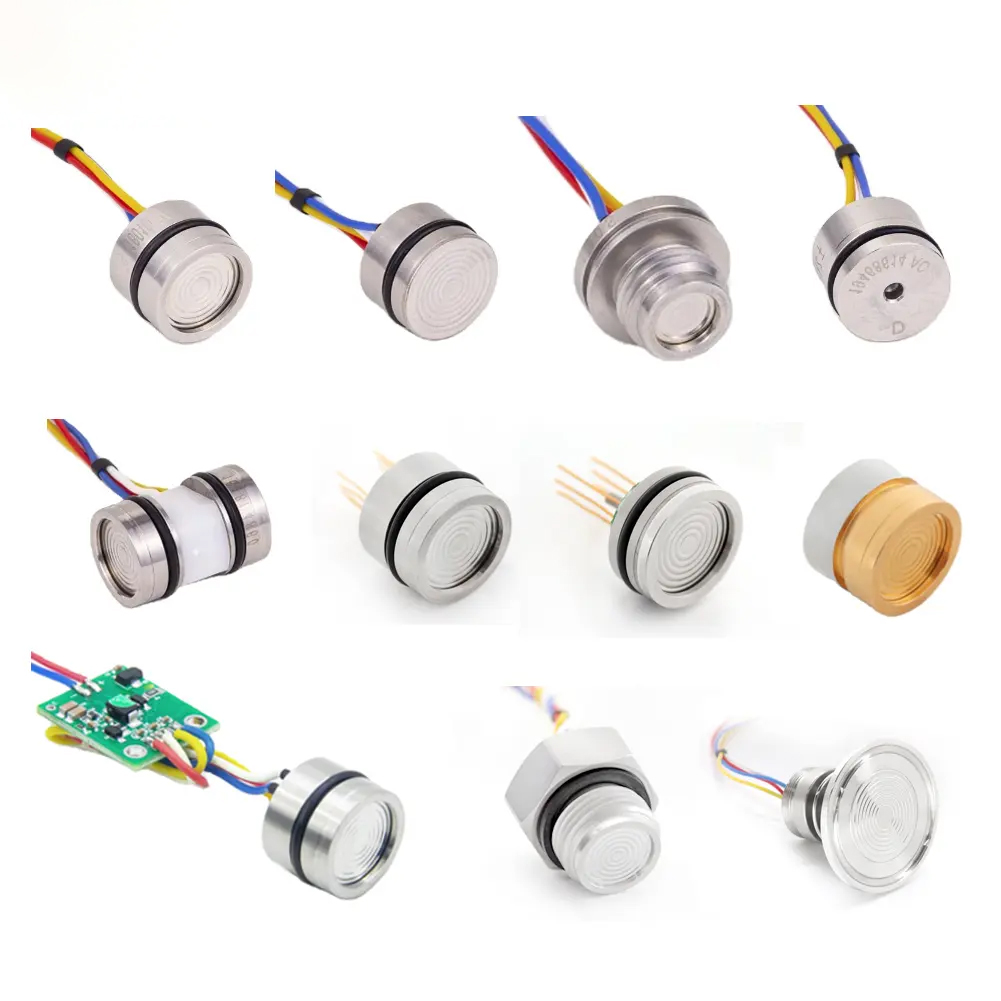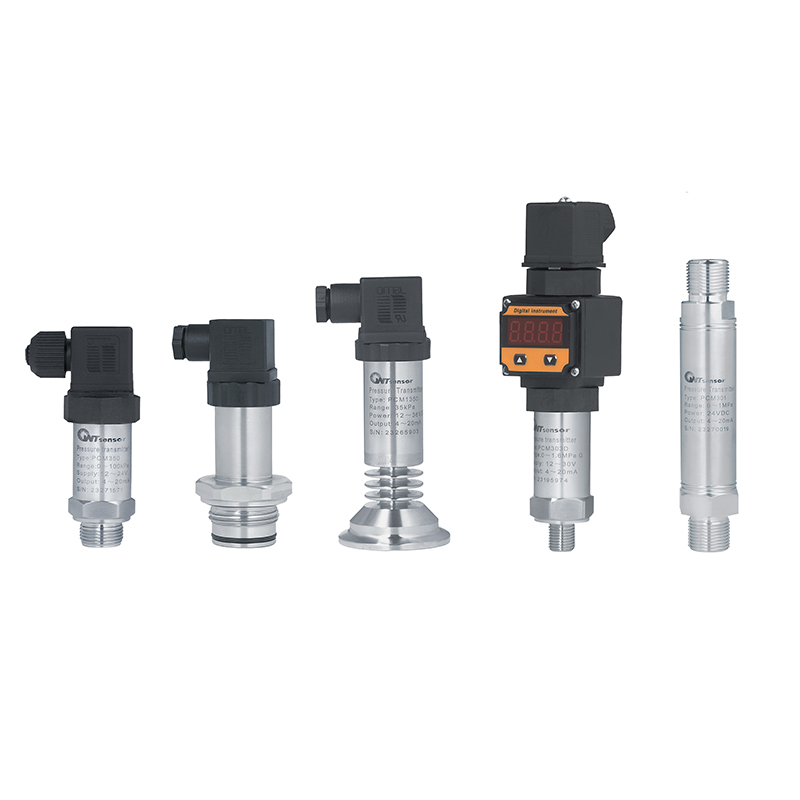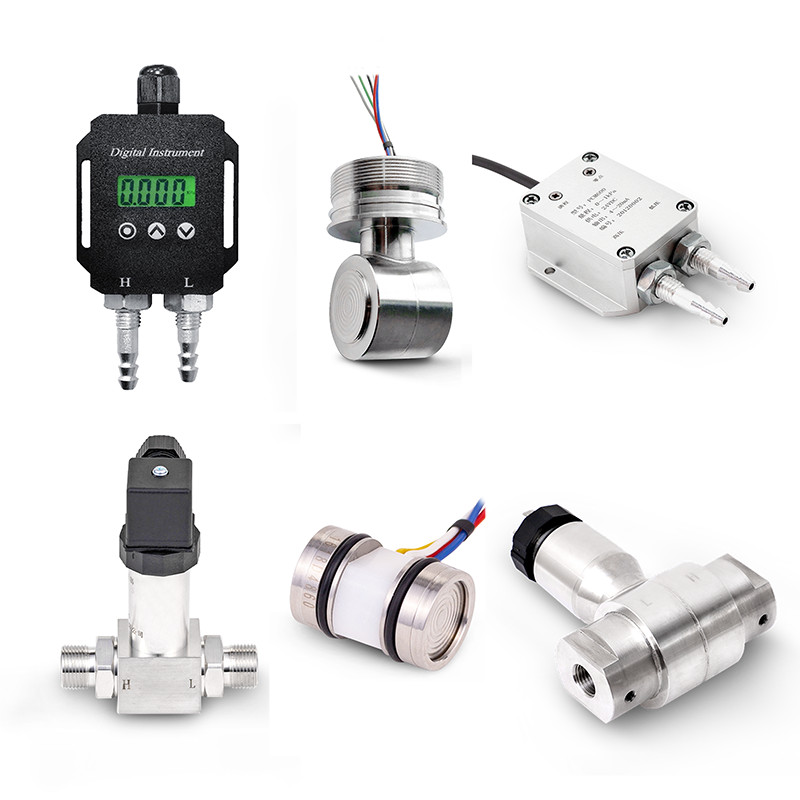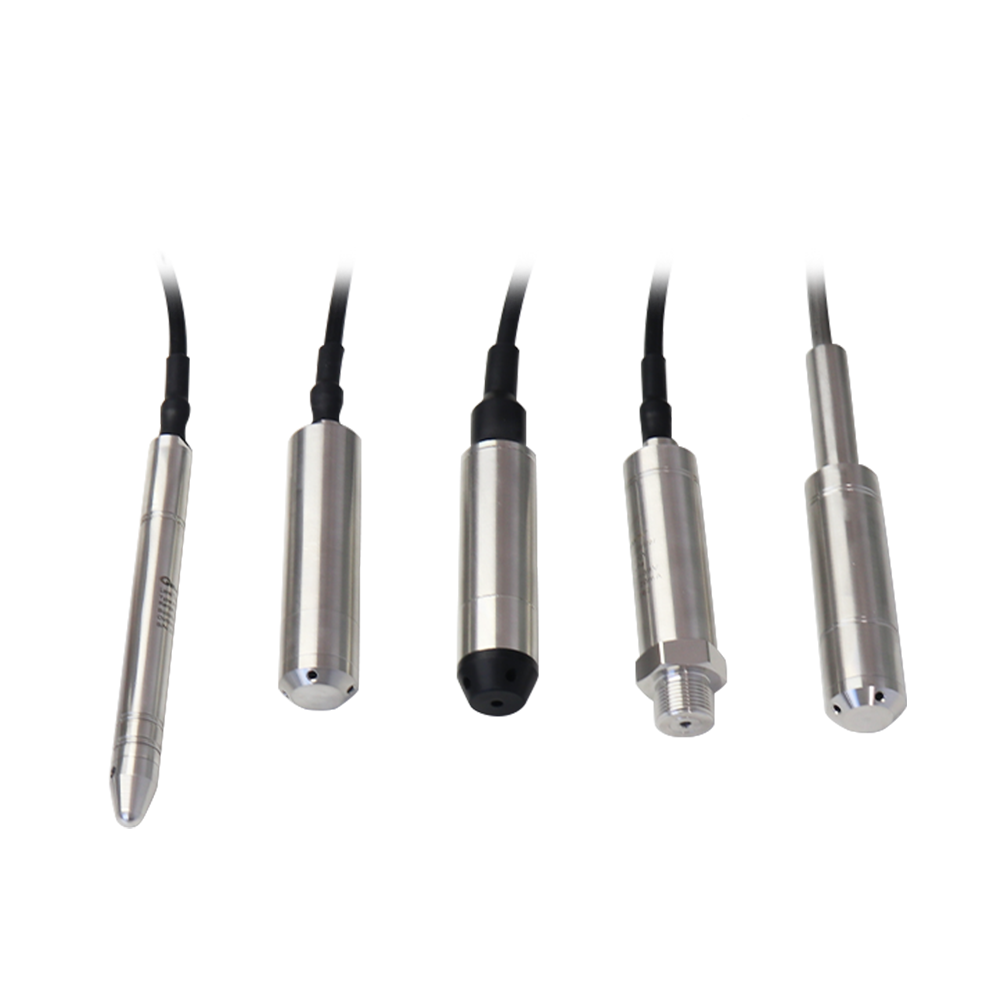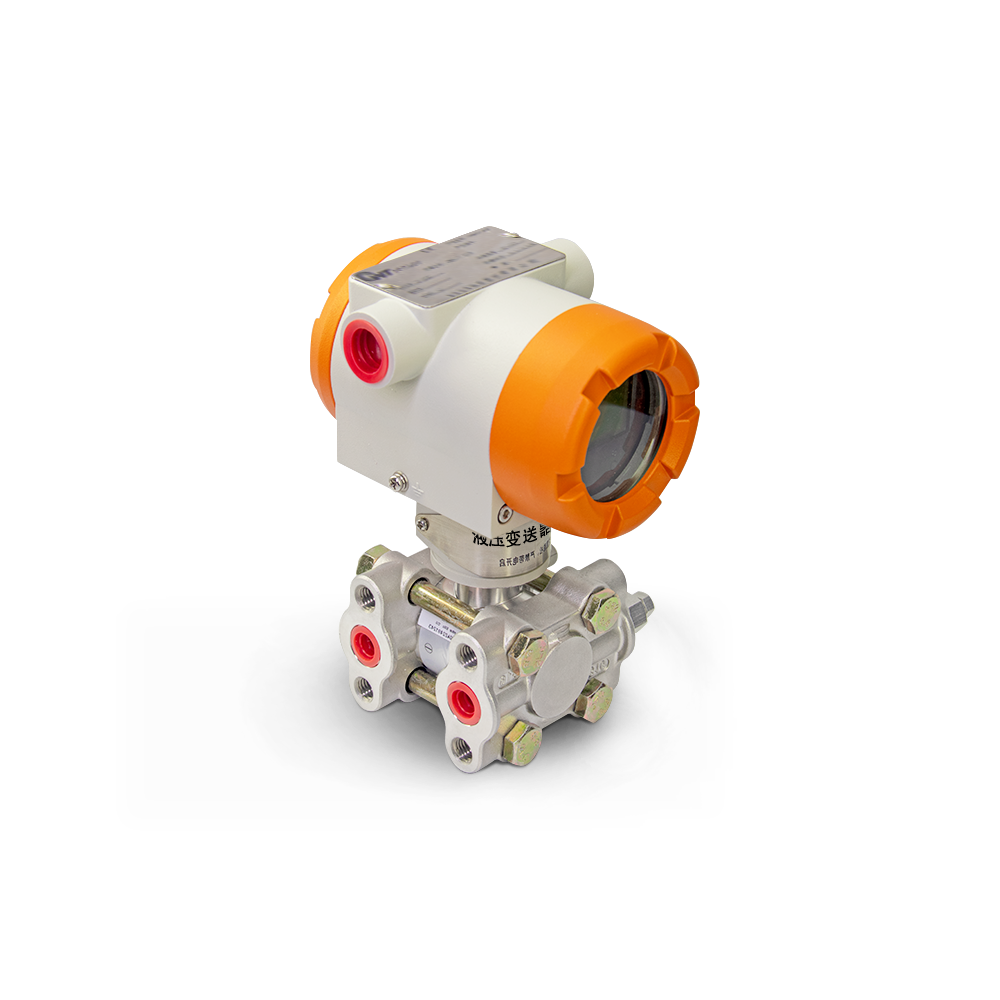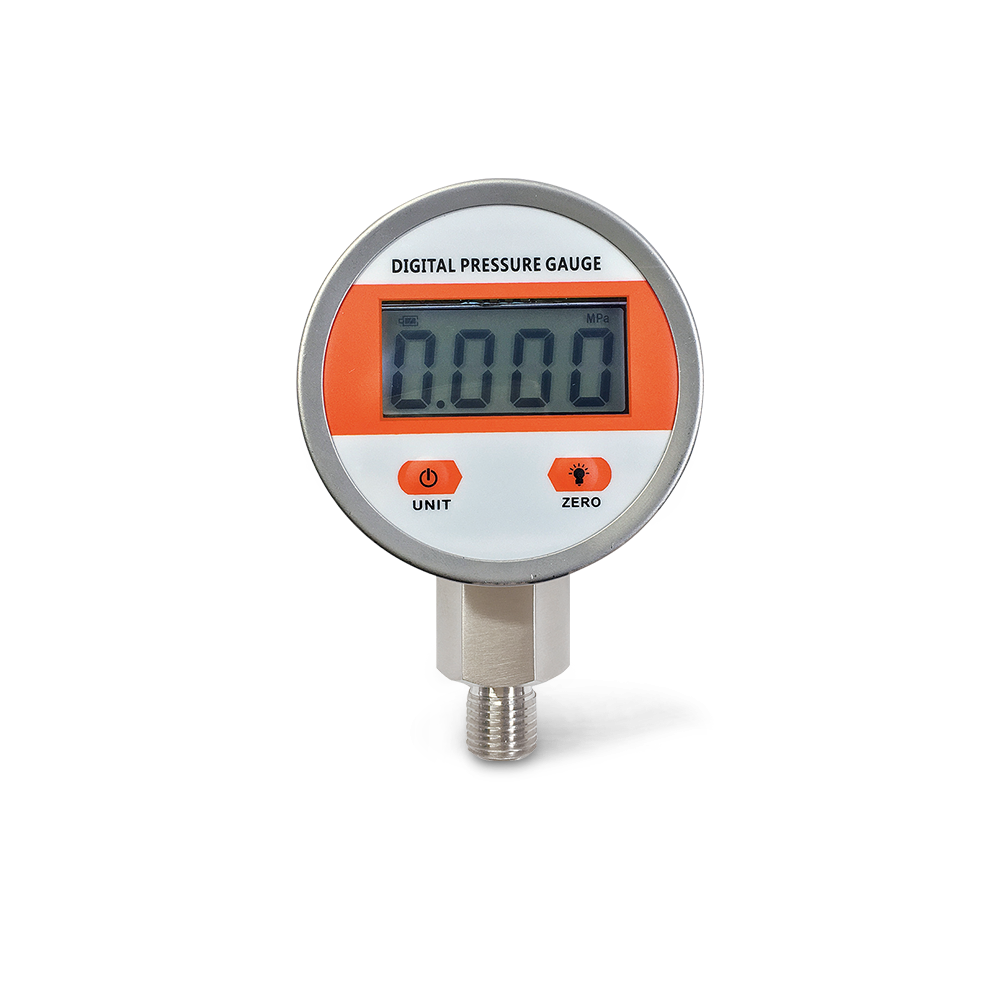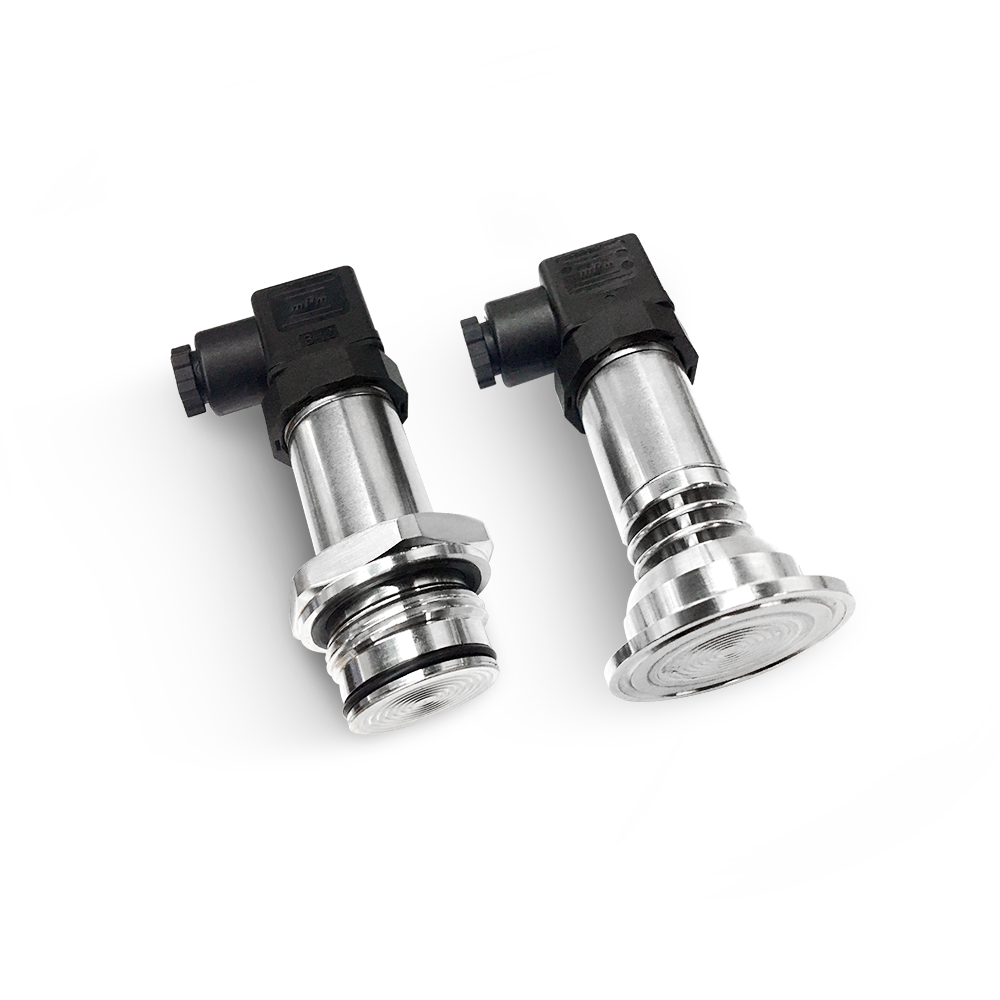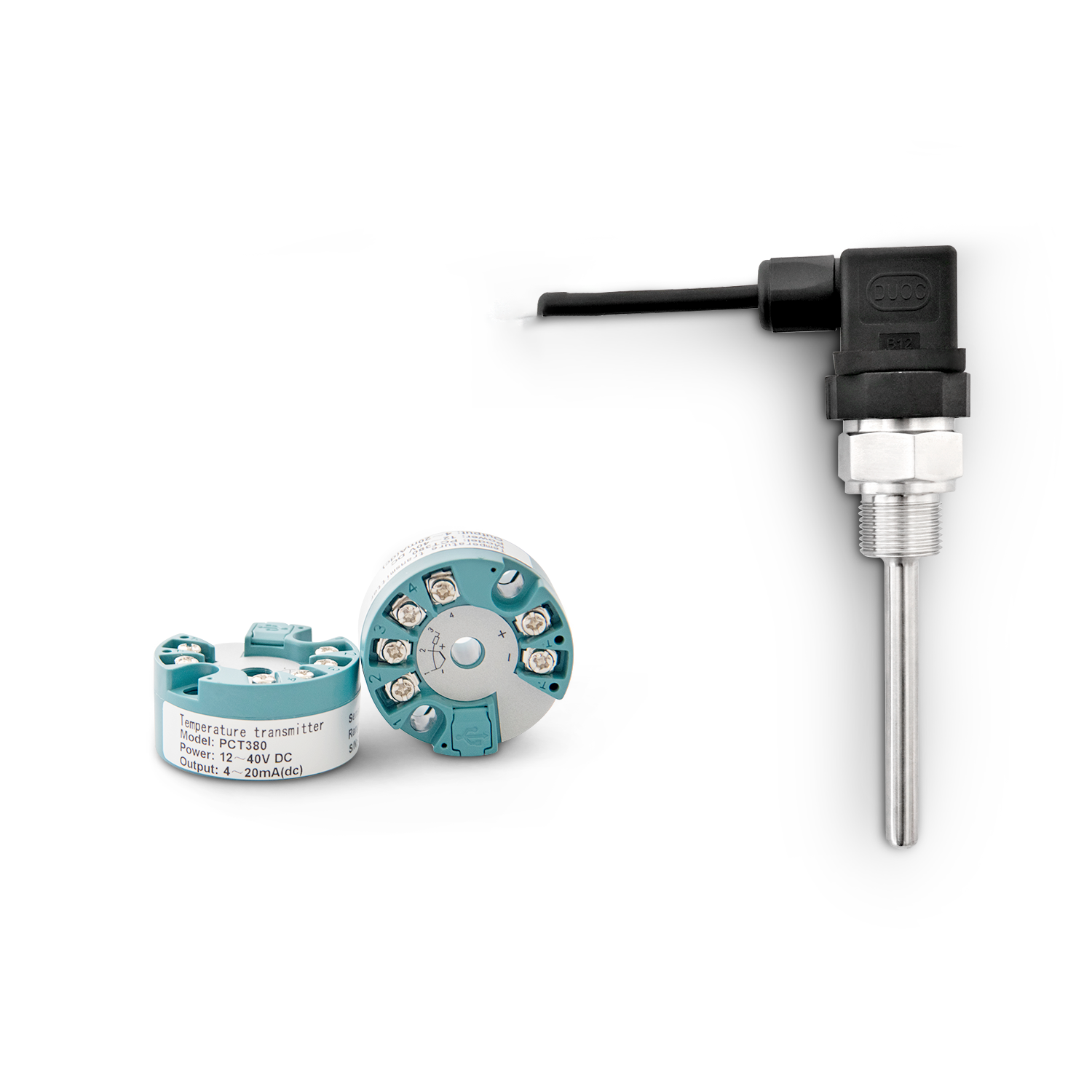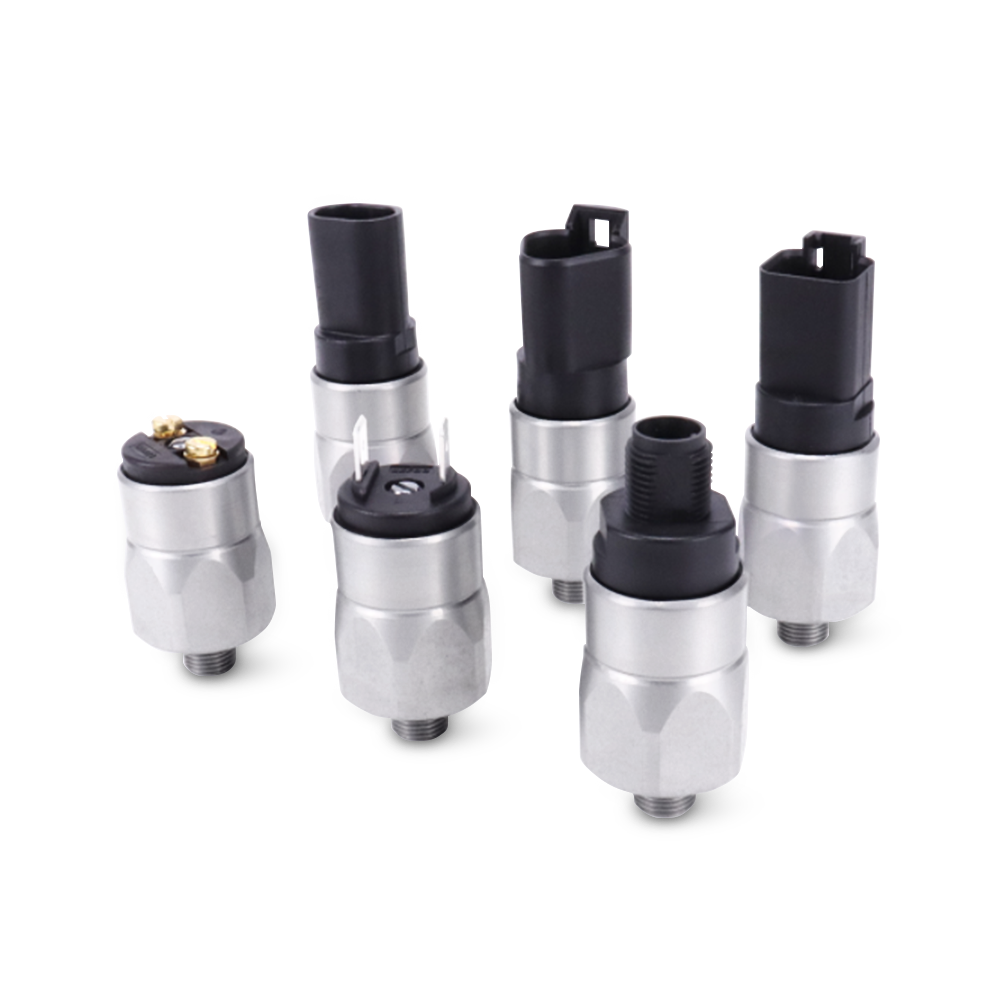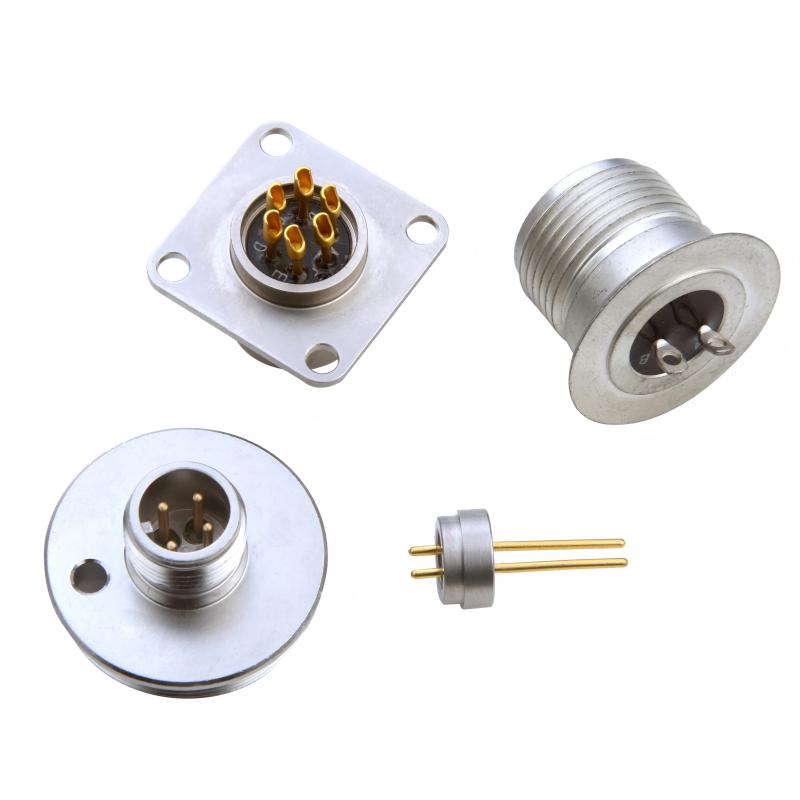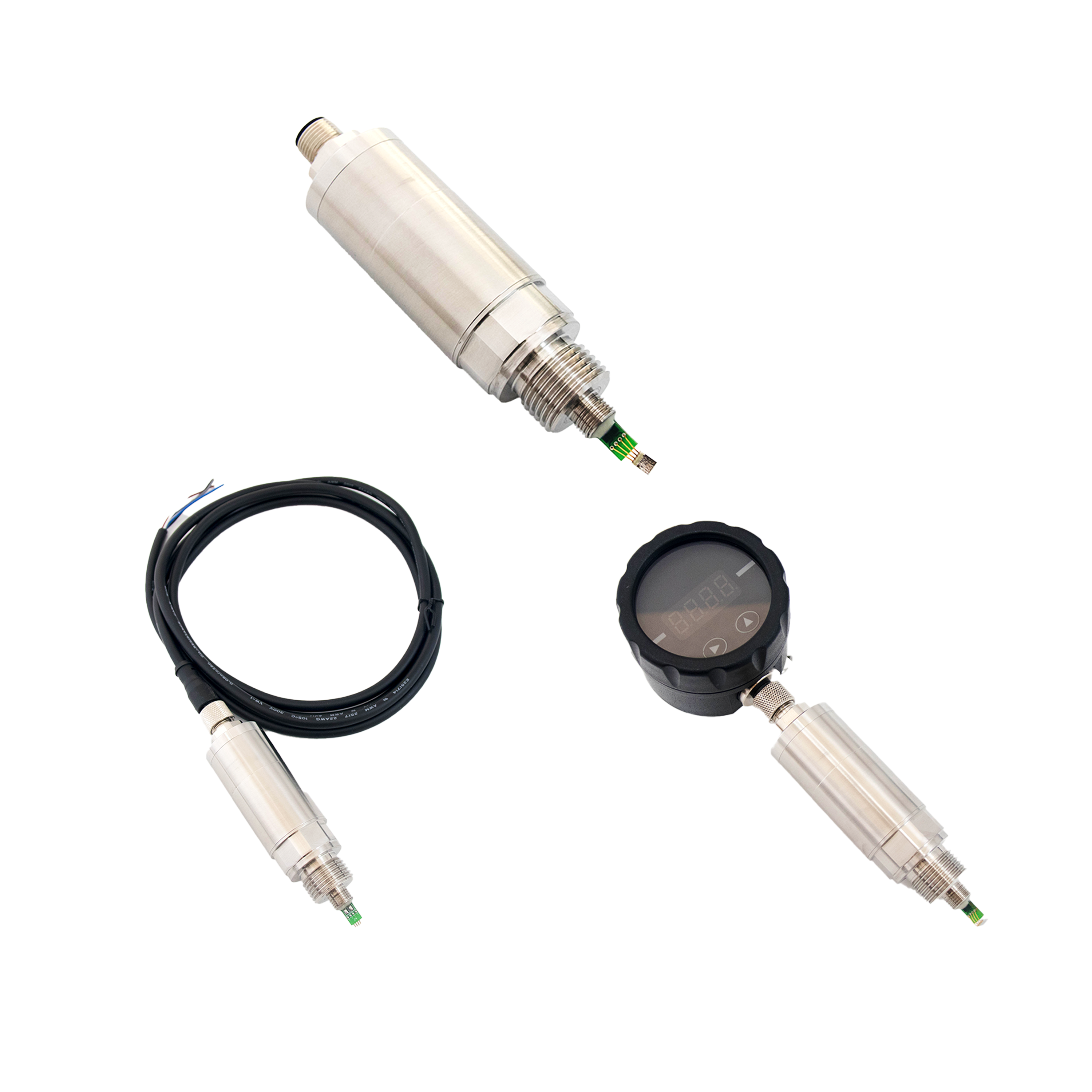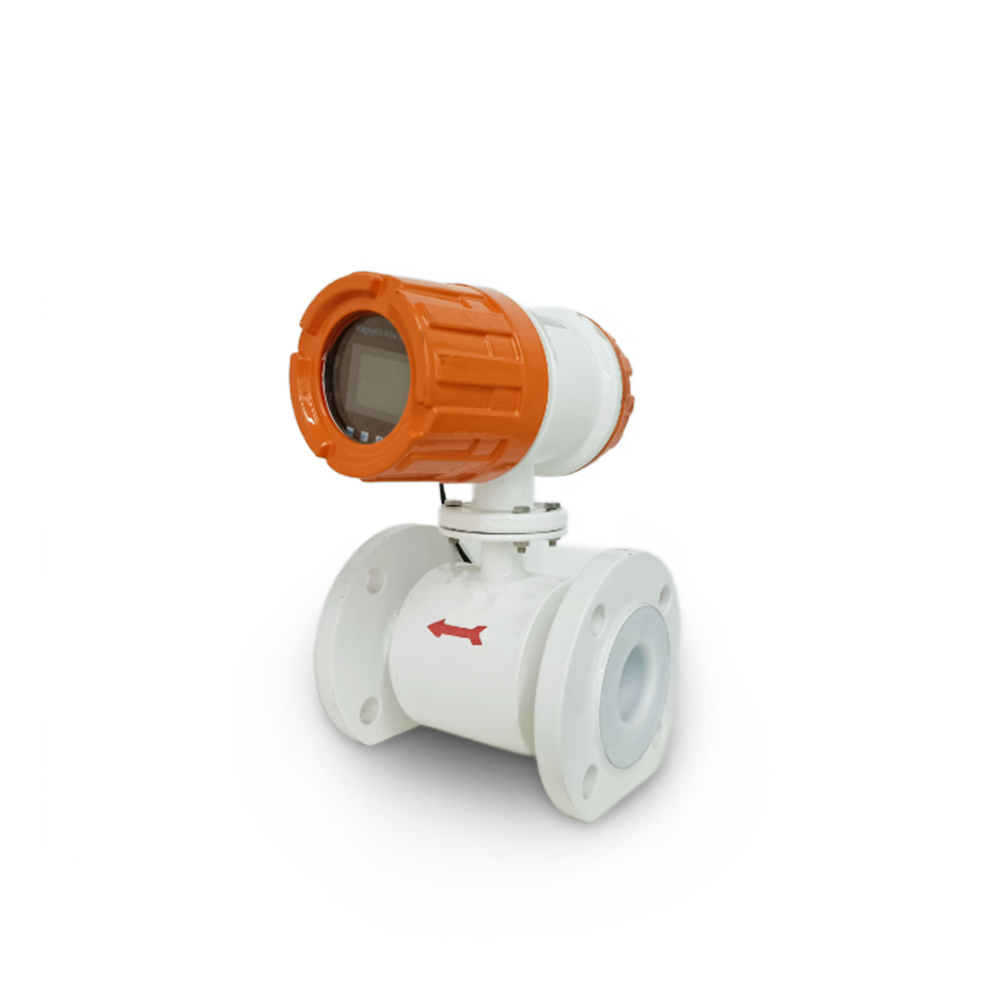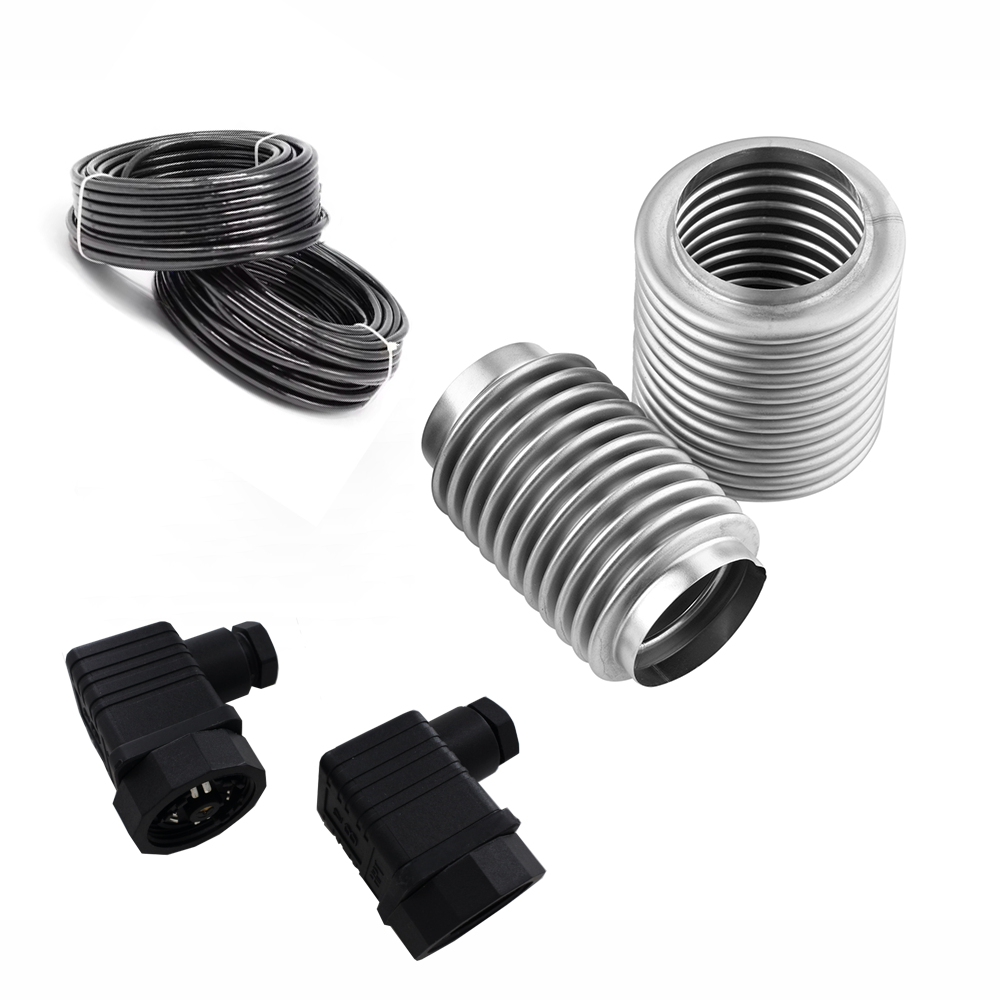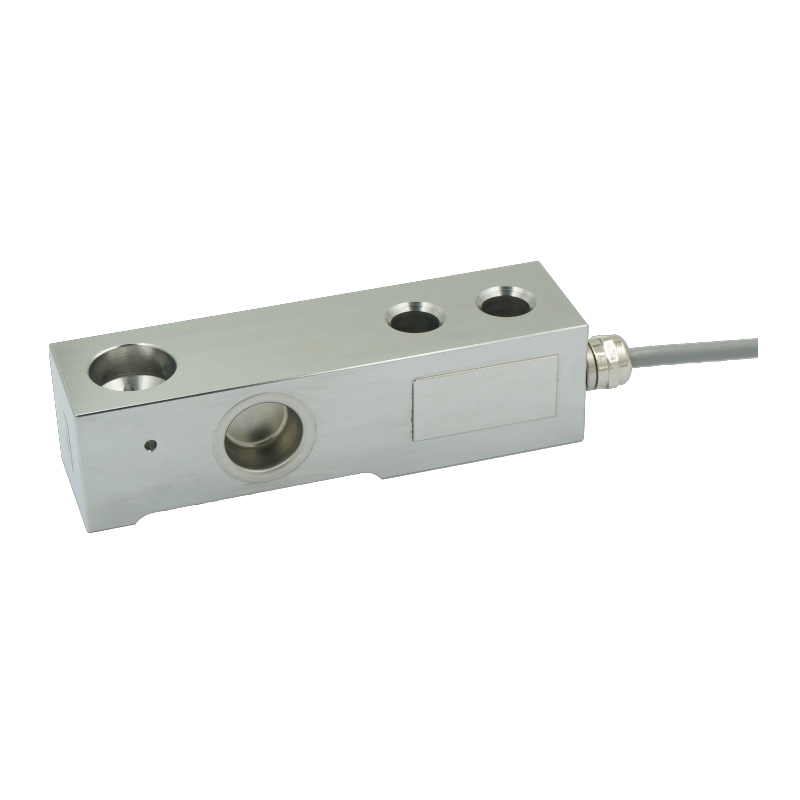Pressure Sensors in Process Control and Instrumentation Systems: An In-Depth Technical Guide
From: Issued date 2025.05.08 Back
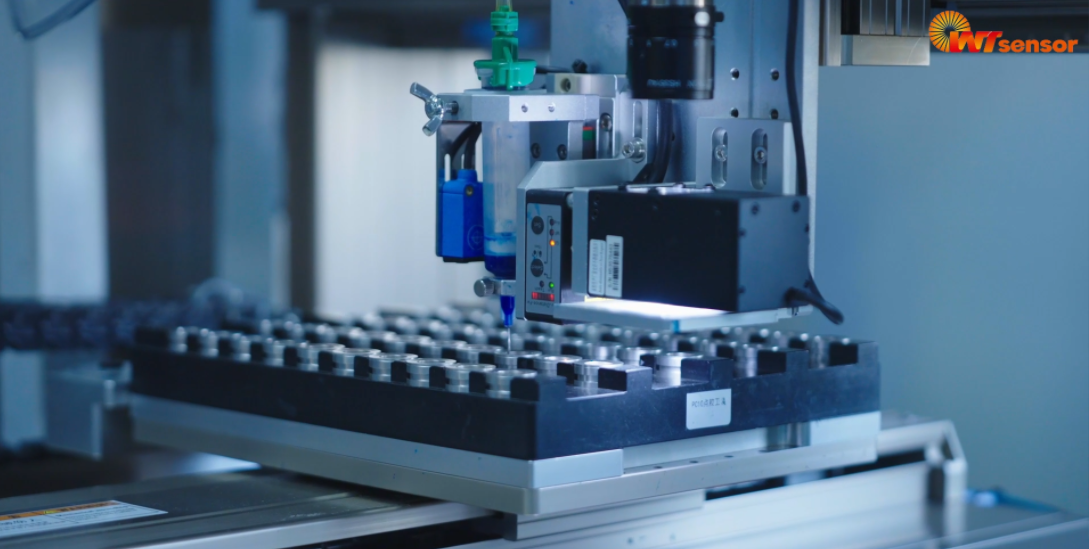
Pressure sensors are essential components in process control systems, instrumentation, and automatic control systems. They measure the pressure of gases and liquids, convert physical pressure into readable signals, and enable real-time automation and safety mechanisms. These sensors are widely used across industries such as chemical processing, oil and gas, pharmaceuticals, food production, HVAC, and more.
1. Key Parameters for Pressure Sensors
Selecting the right pressure sensor begins with understanding the operational requirements of your system. The main parameters include:
Pressure Range: From low vacuum (e.g., 10 kPa) to ultra-high pressures (up to 100 MPa or more).
Accuracy: Ranges from ±0.1% to ±1.0% of full scale, depending on criticality.
Response Time: Critical for dynamic systems—some respond in under 10 milliseconds.
Stability and Repeatability: Ensures consistent long-term performance.
Signal Output: Common formats include 4–20 mA, 0–10V, RS485, and digital interfaces like I²C or CAN.
Environmental Ratings: IP65–IP68 for water/dust resistance, ATEX/IECEx for explosive atmospheres.
2. Application-Specific Performance Requirements
Each industry and piece of equipment presents unique demands:
Industry/Application | Sensor Needs | Environmental Conditions |
Chemical/Petrochemical | Corrosion resistance, explosion-proof | Aggressive media, high pressure |
Food & Pharma | Hygienic design, steam cleaning resistant | Sterile, CIP/SIP compatible |
Oil & Gas | High pressure, deep wells, ATEX | Extreme temperature, high vibration |
Water Treatment/HVAC | Cost-efficient, waterproof | Clean fluid, moderate pressures |
Centrifuges, Pumps | Shock/vibration resistant, fast response | High RPMs, rapid pressure changes |
3. Sensor Types and Their Ideal Applications
Below is a comprehensive table comparing major pressure sensor types:
Sensor Type | Measurement Principle | Key Features | Ideal Applications |
Strain Gauge | Resistance changes under stress | Accurate, stable | Industrial automation, HVAC |
Capacitive | Capacitance variation with pressure | Sensitive, low-power | Biomedical, pneumatics |
Piezoelectric | Electric charge under force | Dynamic sensing | Vibration, combustion monitoring |
Piezoresistive | Silicon resistance variation | Compact, precise | Automotive, process control |
Resonant | Frequency shift detection | Ultra-stable | Aerospace, metrology |
Optical | Light modulation by pressure | EMI immune | Subsea, hazardous areas |
MEMS | Microstructure deformation | Miniature, integrated | Portable devices, autos |
Diaphragm (Metal/Ceramic) | Diaphragm deflection | Flush mount, corrosion-resistant | Viscous or sanitary media |
4. Pressure Sensors in Equipment
Common use cases across industries include:
Boilers: Monitoring steam pressure with high-temp resistant sensors.
Tanks/Vessels: Measuring liquid level via hydrostatic pressure.
Compressors: Tracking inlet/outlet pressure for performance.
Reactors: Maintaining precise control during chemical reactions.
Valves: Feedback loops in automated control systems.
Pressure sensors are foundational to modern industrial systems, offering real-time pressure monitoring and control across a wide range of applications. Selection depends on key performance factors such as range, accuracy, material compatibility, and environmental tolerance. Understanding the appropriate sensor type for specific equipment and industry conditions ensures reliable operation, regulatory compliance, and long-term performance.
This article Tags: pressure sensor pressure transmitter
Back to List
